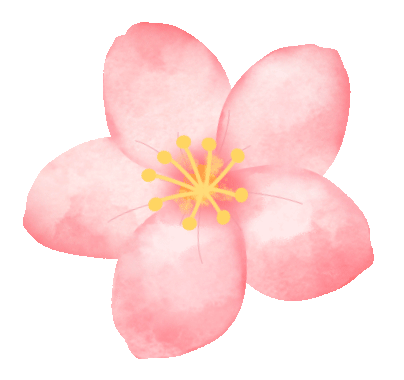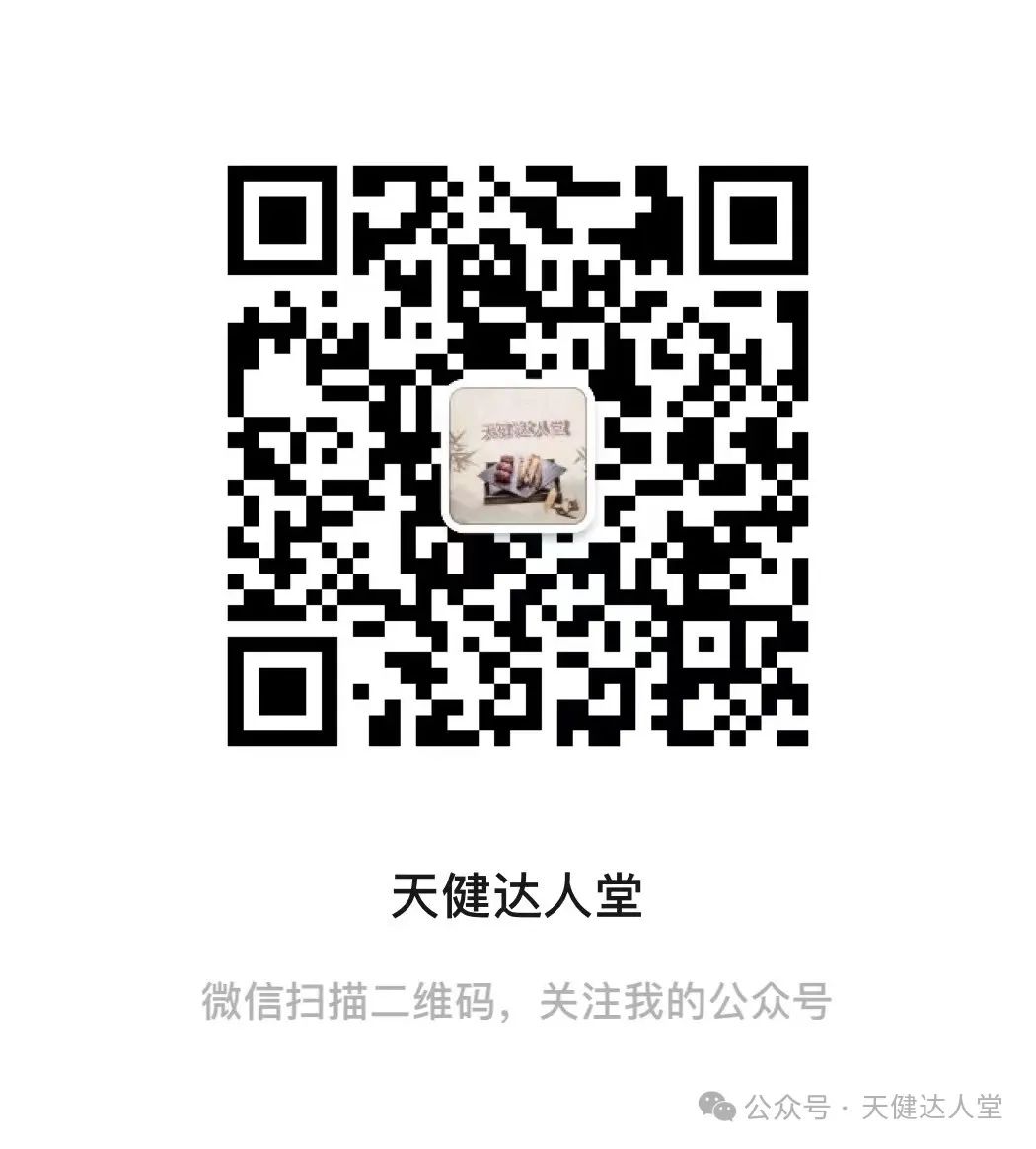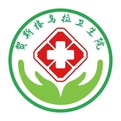Clinical Manifestation of Wind-Cold Common Cold: Wind-Cold Binding the Exterior
Today we will discuss a type of common cold, known as Wind-Cold Common Cold (实证感冒, shí zhèng gǎn mào), characterized by Wind-Cold binding the exterior. The common cold is something everyone is familiar with, as it is quite prevalent. When the body’s immune system is weak, exposure to wind and cold can lead to this type of cold, which commonly occurs in autumn and winter; it can also happen in early spring in northern regions, depending on the locality.
 In rural areas, treating a cold typically involves taking medication or intravenous therapy, and few people use Traditional Chinese Medicine (TCM) for treatment. However, sometimes it is possible to prevent the onset of illness through treatment before it occurs. Today, we will learn about a formula specifically designed to treat the early stages of Wind-Cold Common Cold.
In rural areas, treating a cold typically involves taking medication or intravenous therapy, and few people use Traditional Chinese Medicine (TCM) for treatment. However, sometimes it is possible to prevent the onset of illness through treatment before it occurs. Today, we will learn about a formula specifically designed to treat the early stages of Wind-Cold Common Cold.
In fact, Wind-Cold Common Cold occurs when the body’s defensive Qi (卫气, wèi qì) is weakened, leading to susceptibility to external pathogens like wind and cold. This results in the lung Qi (肺气, fèi qì) being unable to disperse, causing the exterior to be bound by wind and cold, with the defensive Yang (卫阳, wèi yáng) being obstructed and the pores (腠理, cì lǐ) closing. Ultimately, the wind pathogen enters the body, resulting in Wind-Cold Common Cold. So, what are the specific manifestations?
 Clinical manifestations include: significant chills, mild fever, absence of sweating, headache, body aches, and in severe cases, pain; nasal congestion with a heavy voice, sneezing, occasional clear nasal discharge, itchy throat, cough with thin white phlegm; the tongue coating is thin and white, and the pulse is floating or floating and tight.
Clinical manifestations include: significant chills, mild fever, absence of sweating, headache, body aches, and in severe cases, pain; nasal congestion with a heavy voice, sneezing, occasional clear nasal discharge, itchy throat, cough with thin white phlegm; the tongue coating is thin and white, and the pulse is floating or floating and tight. Treatment method:
Treatment method: The approach is to use warm and pungent herbs to release the exterior and disperse cold from the lungs.
The approach is to use warm and pungent herbs to release the exterior and disperse cold from the lungs. Representative formula:
Representative formula:
Jing Fang Bai Du San (荆防败毒散).
This formula consists of: Jing Jie (Schizonepeta), Fang Feng (Siler), Fu Ling (Poria), Du Huo (Angelica Pubescens), Chai Hu (Bupleurum), Qian Hu (Peucedanum), Chuan Xiong (Ligusticum), Zhi Ke (Bitter Orange), Qiang Huo (Notopterygium), Jie Geng (Platycodon), Bo He (Peppermint), and Gan Cao (Licorice).
 Modification and adjustment:
Modification and adjustment:
① If chills are severe: add Ma Huang (Ephedra) and Gui Zhi (Cinnamon Twig);
② If nasal congestion and runny nose are severe: add Xin Yi (Magnolia Flower) and Cang Er Zi (Xanthium);
③ If there is body ache: add Du Huo (Angelica Pubescens);
④ If there is stiffness and pain in the head and neck: add Bai Zhi (Angelica Dahurica) and Ge Gen (Kudzu);
⑤ If there is an itchy throat and noticeable cough: add Xi Xin (Asarum) and Jin Fei Cao (Lysimachia);
⑥ If there is chest tightness and fullness, loss of appetite, and a white greasy tongue coating:
add Guang Huo Xiang (Agastache) and Cang Zhu (Atractylodes) and Hou Po (Magnolia Bark).




– The Most Authentic Traditional Chinese Medicine –
Scan to Follow

